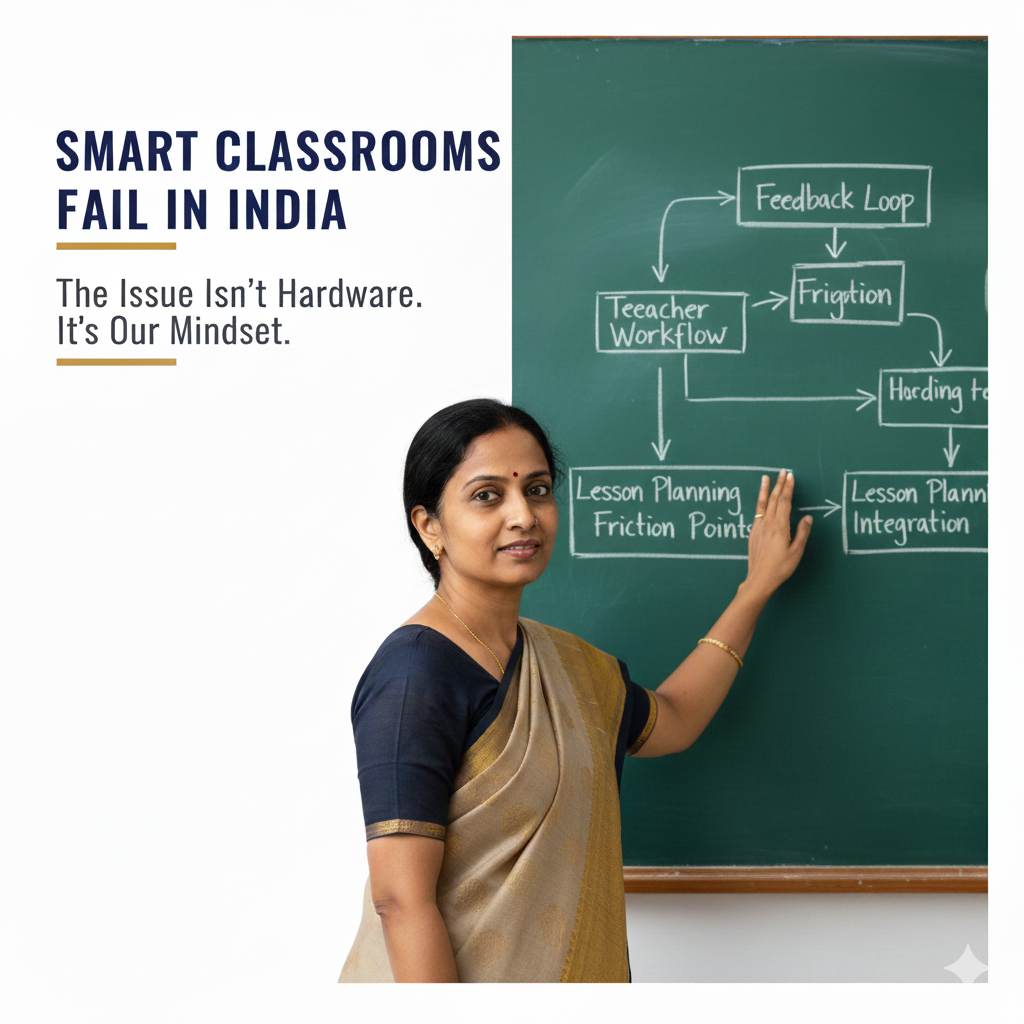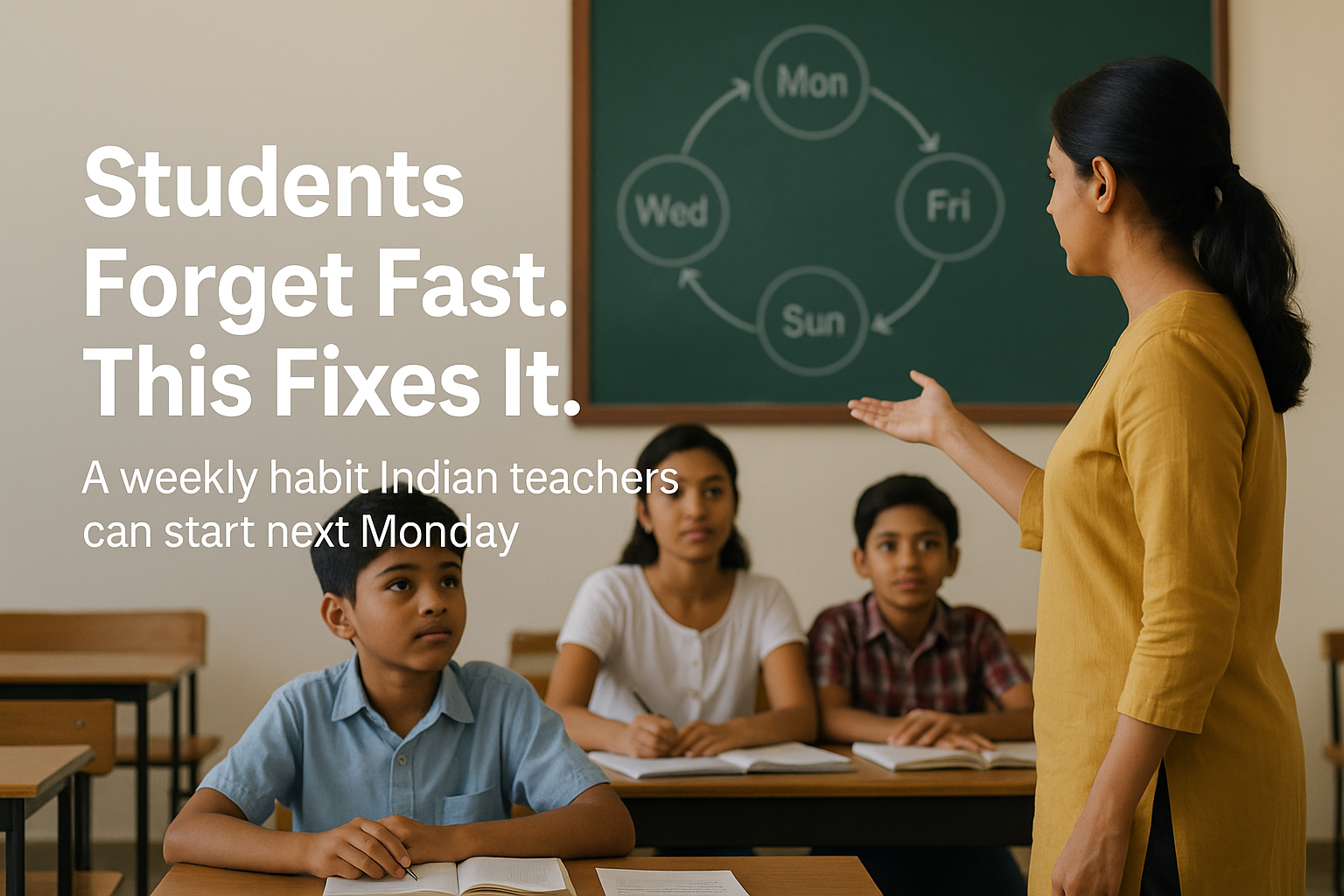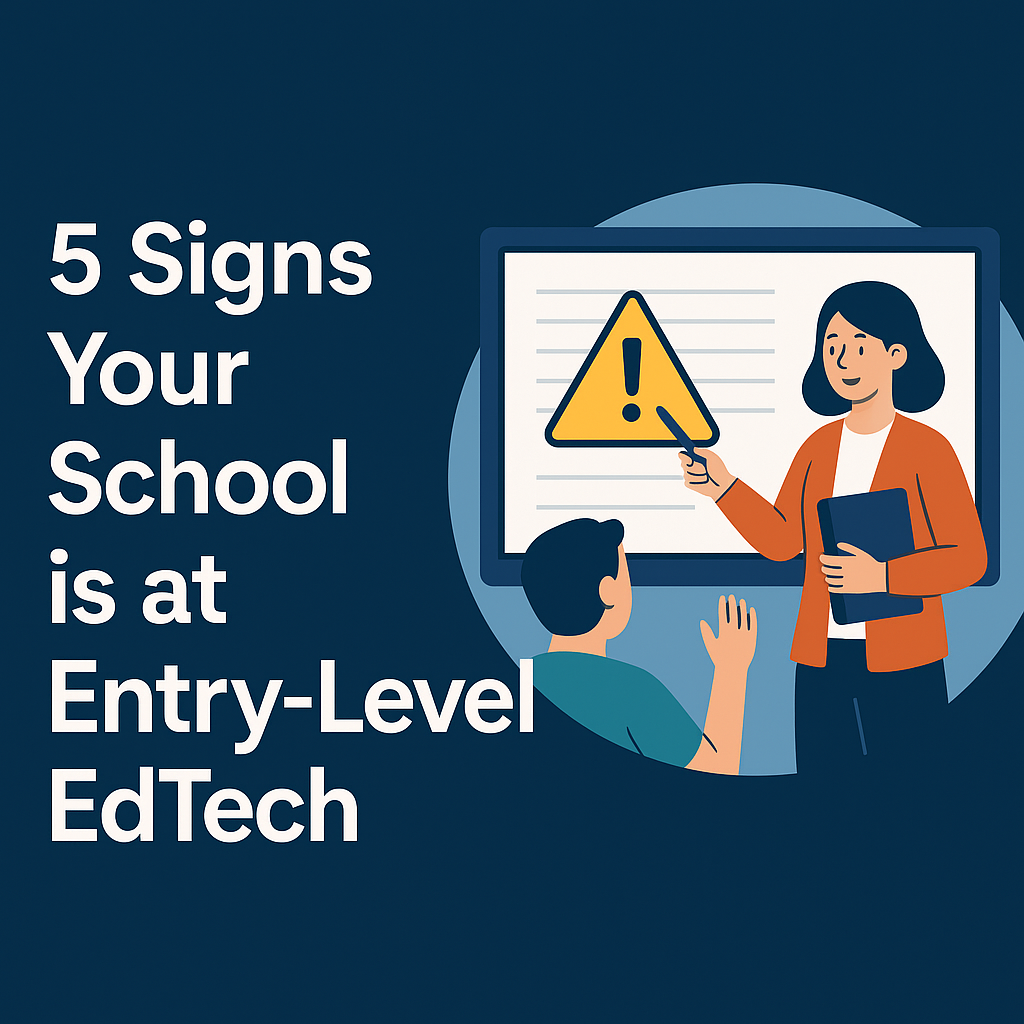Make Learning Fun With EdTech: A Guide for Teachers
In the 21st century, technology has become an inseparable part of our lives. It is no wonder that it has also found its way into our classrooms. EdTech, or education technology, is a term used to describe the use of technology in learning and teaching. In this guide, we will explore what EdTech is, how it is shaping 21st-century classrooms, and why it is so important for teachers to learn about it. Keep reading to learn more!

What is EdTech?
EdTech, short for educational technology, is an umbrella term that covers a wide range of technological tools and resources used to support teaching and learning. EdTech can be used in a variety of settings, including traditional classroom settings, online learning environments, and informal learning spaces.
There are many different types of EdTech tools and resources available, but some common examples include learning management systems (LMS), educational software applications, digital textbooks, and educational websites. EdTech can be used to support a wide range of educational goals, including increasing access to education, improving student achievement, and promoting more active and engaged learning.
There is a growing body of research evidence that suggests EdTech can be an effective tool for supporting teaching and learning. However, it is important to note that the effectiveness of EdTech depends on a number of factors, including how it is used and the specific needs of the learners. When used effectively, EdTech can help improve student outcomes and promote more active and engaged learning.
How is EdTech shaping 21st-century classrooms?
EdTech is shaping 21st-century classrooms in a number of ways. Perhaps the most obvious way is in terms of the technologies themselves that are available to support teaching and learning. EdTech tools can range from simple things like digital whiteboards and projectors to more complex solutions like learning management systems and virtual reality simulations. All of these technologies have the potential to enhance the learning experience for students and make it more engaging and interactive.
Another way that EdTech is shaping 21st-century classrooms is in terms of how it is changing the role of the teacher. Traditionally, teachers have been the sole source of knowledge in the classroom, dispensing information to students who are expected to passively receive it. However, with EdTech tools such as social media and online collaboration platforms, students are now able to take a more active role in their own learning. This shift has led to a change in the way that teachers need to approach their jobs and has resulted in a more student-centered approach to education.

Finally, EdTech is also having an impact on the way that schools are organized and run. With technology becoming increasingly commonplace in society, there is a growing expectation for schools to provide students with access to digital resources and tools. This has led to schools investing more in EdTech solutions and looking for ways to incorporate them into their curricula and operations. It is clear that EdTech is having a profound impact on 21st-century classrooms, and this is likely to continue as new technologies emerge and become more widely adopted.
Why is EdTech so important for teachers?
EdTech is important for teachers because it helps them to be more efficient and organized in their work. It also allows them to better understand the needs of their students and create learning experiences that are tailored to those needs. Additionally, EdTech can help teachers to save time on administrative tasks, such as grading and lesson planning.

EdTech can also provide teachers with access to a wide range of resources that can be used to supplement their teaching.
EdTech is especially important for teachers in the 21st century because it allows them to keep up with the ever-evolving technology landscape, and stay ahead of the curve. By leveraging EdTech tools and resources, they can ensure that their students are exposed to the most up-to-date learning opportunities, and can take full advantage of everything that technology has to offer.
Ultimately, EdTech is an invaluable tool for teachers in any era, but especially so in the 21st century.
What are some of the benefits of EdTech in the classroom?
Some of the benefits of EdTech in the classroom are that it can help students become more engaged in their learning, it can make teaching and learning more efficient and effective, and it can provide opportunities for students to learn in new and innovative ways.
One way that EdTech can help students become more engaged in their learning is by providing them with opportunities to be actively involved in their own learning. For example, many EdTech tools allow students to create and share their own content, which can help them to better understand and remember what they are learning. Additionally, EdTech tools can also help to make information more engaging by incorporating multimedia elements such as images, videos, and simulations.
Another way that EdTech can make teaching and learning more efficient and effective is by providing teachers with tools that allow them to quickly assess student understanding. For example, many EdTech tools allow teachers to give formative assessments that provide immediate feedback on student progress. Additionally, EdTech tools can also help teachers save time by automating tasks such as grading and providing real-time data on student performance.
Finally, EdTech can provide students with opportunities to learn in new and innovative ways. For example, many EdTech tools allow students to collaborate with each other online, which can help them to develop important 21st-century skills such as communication, collaboration, and critical thinking. Additionally, EdTech tools can also help students learn in a more individualized way by providing them with personalized content and resources based on their unique needs and interests.
How can teachers make sure they are using EdTech effectively in their classrooms?
There are a few key things that teachers can do to make sure they are using EdTech effectively in their classrooms. First, they need to be clear about what their goals are for using EdTech in their classroom. What do they want their students to be able to do as a result of using EdTech? Once they have a clear goal in mind, they can then start to look for EdTech tools that will help them achieve that goal. They should also make sure to test out the tools before using them with their students so that they are familiar with how they work and can troubleshoot if any problems come up. Finally, it is important for teachers to model the proper use of the EdTech tools for their students and provide guidance on how to use them effectively. By following these steps, teachers can ensure that they are using EdTech effectively in their classrooms and helping their students achieve success.

What does the future of EdTech in education look like?
The future of EdTech in education looks very promising. With the ever-growing popularity of technology, there is no doubt that EdTech will continue to grow and evolve. Schools and teachers are already beginning to implement more EdTech into their classrooms and curriculum. In the future, we can expect to see even more innovative and exciting EdTech products and applications being used in education.
One trend that we are already seeing is the move toward more personalized learning. Thanks to EdTech, students can now access learning materials that are tailored specifically to their individual needs and interests. This allows them to learn at their own pace and in their own way, which leads to better outcomes.
Another trend that is likely to continue is the use of artificial intelligence (AI) in education. AI-powered EdTech tools can provide students with real-time feedback and help them learn more effectively. We can expect to see more AI-based EdTech products being developed in the future, which will make learning even more interactive and engaging.
Overall, the future of EdTech in education looks very bright. With new technologies emerging all the time, there is no limit to what EdTech can achieve in terms of enhancing teaching and learning. We can expect to see even more amazing products and applications being developed in the years to come, which will revolutionize education as we know it.
EdTech, or educational technology, is any tool or resource that can be used to support and enhance teaching and learning. This can include everything from low-tech tools like whiteboards and chalkboards to high-tech tools like laptops and tablets. EdTech is often used to support blended learning, which is a mix of face-to-face and online instruction.

EdTech is shaping 21st-century classrooms in a number of ways. First, it is making classrooms more interactive and engaging. Students are no longer just sitting in rows listening to lectures; they are actively involved in their own learning using a variety of EdTech tools.
Second, EdTech is helping teachers meet the needs of all learners. With so many different types of resources available, teachers can easily find materials that cater to the individual needs of their students. Finally, EdTech is preparing students for their future careers. Many jobs in the 21st century will require workers to be comfortable using technology, and EdTech is giving students the skills they need to be successful.
There are a number of reasons why EdTech is so important for teachers. First, it allows them to personalize learning for their students. Second, it gives them access to a wealth of resources that they can use to supplement their instruction. Third, it helps them stay up-to-date with current trends in education. Finally, EdTech can make their job easier by automating some tasks or providing them with new tools for managing their classrooms.
There are many benefits of EdTech in the classroom. First, it can improve student engagement and motivation. Second, it can help students learn more effectively by providing them with multimedia resources and differentiated materials. Third, it can prepare students for future success by teaching them digital literacy skills. Fourth, EdTech can save teachers time by automating tasks or providing new tools for classroom management. Finally, EdTech can improve communication and collaboration between teachers and students.
Teachers can make sure they are using EdTech effectively in their classrooms by doing a few things. First, they should take the time to learn about the different types of resources available and how to use them effectively. Second, they should create a plan for how they will integrate EdTech into their instruction. Third, they should set realistic goals for what they want to accomplish with EdTech in their classroom. Finally, they should assess whether or not Ed Tech is actually helping their students learn before making any changes to their instructional practice.
The future of Ed Tech in education looks very promising. As more schools adopt blended learning models and invest in educational technology resources, teachers will have even more opportunities to personalize learning for their students and prepare them for success in the 21st-century workforce
.png?width=1322&height=350&name=C3ITXperts-logo-R%20(1).png)





.png)

